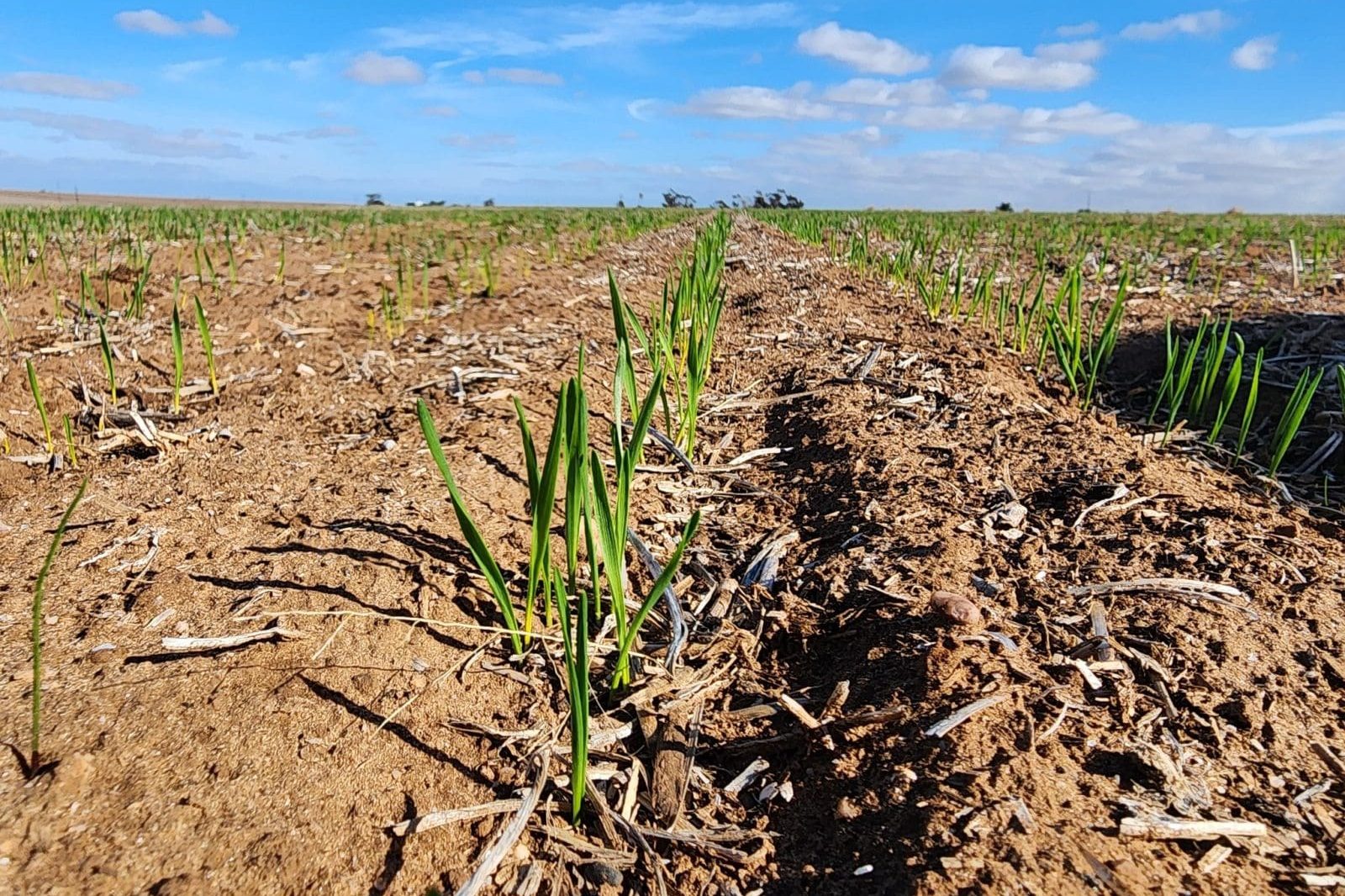Exploring the impact of drought on feedgrain markets and the surge in domestic demand amidst challenging weather patterns.
The parched landscapes of South Australia and western Victoria have set the stage for a significant shift in the feedgrain market, with local demand surging in response to moisture-deprived conditions. As farmers contend with dwindling yields and delayed crop development, the dynamics of grain trading are undergoing notable transformations, reflecting the resilience and adaptability of agricultural communities in the face of adversity.
Recent weeks have witnessed a divergence between export values and up-country prices, as the dry spell intensifies and traditional markets falter. Up-country prices have shown resilience, buoyed by heightened domestic demand from feedmills, graziers, and mixed farmers grappling with fodder shortages. This surge in local consumption has outpaced weakening export values, prompting a redirection of grain intended for export towards domestic channels.

In South Australia and western Victoria, where rainfall has fallen well below seasonal averages, the repercussions of the drought are palpable. Commercial feedmills and livestock producers are competing for limited grain supplies, driving up prices for barley, wheat, oats, field peas, and faba beans. The severity of the drought has necessitated unconventional measures, with bulk handlers redirecting truckloads of grain to meet escalating domestic demand.
Amidst the scarcity, a spirit of resilience pervades rural communities, as producers navigate the challenges through localized trading networks. Neighbor-to-neighbor transactions and regional collaborations underscore the solidarity and resourcefulness of farmers banding together to weather the drought-induced crisis.
The dynamics of the feedgrain market reflect a delicate balance between supply and demand, with barley emerging as a focal point amidst supply constraints and export uncertainties. While traditional export markets remain subdued, the surge in domestic consumption has sparked a reassessment of supply chains and market strategies, with a renewed emphasis on sustainability and self-sufficiency.
Despite the adversities posed by the drought, there are signs of resilience and innovation within the agricultural sector. As farmers adapt to evolving market dynamics and climatic uncertainties, the spirit of resilience and community solidarity serves as a beacon of hope amidst the arid landscapes of southern Australia.




